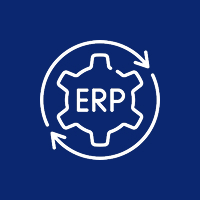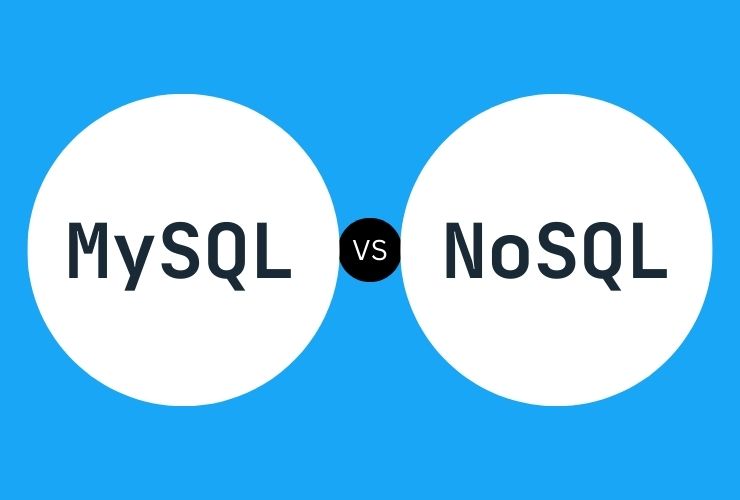Joomla is a powerful, multi-purpose content management system (CMS) that developers and site owners can trust to build everything from simple blogs to enterprise-level portals. But having a well-designed Joomla site is just the beginning – once you have a site in Joomla, you still have to earn a spot on search engines like Google by utilizing good SEO.
This long guide will outline the important Joomla SEO strategies to help improve your site’s visibility, traffic, and search engine ranking.
1. Turn on Search Engine Friendly URL
One of the easiest, yet highly important steps, is to turn on SEF (Search Engine Friendly) URLs. Clean URL structure is easier for users and search engines to read. Rather than dynamic urls with numbers and characters, Joomla can produce descriptive links, for example /about-us or /services/seo-audit.
To do this:
- Go to Global Configuration > Site
- Change the “Search Engine Friendly URLs” and “Use URL Rewriting” to “Yes”
- You have to rename the htaccess.txt in your root directory to just .
- htaccess for the settings to be adopted.
This small change can make a large difference in how your site is indexed.
2. Refine Meta Titles and Descriptions
Every page and article should have a unique, relevant meta title and description. Meta titles and descriptions are what people typically view in Google search pages. Meta titles and descriptions are also two factors that can help determine click throughs.
In Joomla:
- You can add meta information while creating or editing articles, super categories, or menu items
- Keep meta titles to 60 characters or less, and meta descriptions to 160 characters or less.
- Use the target keywords without being overly obvious.
Meta-tags that are formulated well can assist with not only SEO, but also enhance user engagement from search listings.
3. Use Structured Data (Schema Markup)
Structured data (also called schema markup) provides search engines additional context about your content. This helps search engines produce rich results that display important aspects of your content such as ratings, FAQs, product specifications, and event dates.
In Joomla, you can:
- Implement extensions/templates that support schema.org markup
- Create json-ld structured data manually into your templates
- Use the best schema type, such as Article, Product, LocalBusiness, etc. based on your content.
This additional markup increases the likelihood that your site will stand out in SERPs (Search Engine Result Pages).
4. Optimize Your Images for SEO
Images impact user experience and page speed. Poorly optimized images can slow your site down which can negatively affect your SEO.
Useful tips include:
- Compressing image files before upload (using programs like TinyPNG or ImageOptim)
- Image names that include relevant keywords in human-readable format
- Alt text that describes the image to improve accessibility and indexing
- Lazy-load images below the fold to improve perceived loading time.
5. Create and Submit XML Sitemaps
An XML sitemap lists all of the major pages of your website. Submitting an XML sitemap to Google and Bing will help these engines find and index your website faster.
Steps to take:
- Use a Joomla extension (e.g. OSMap) to create your sitemap
- Only include live pages that are relevant
- Submit the sitemap URL to your Google Search Console and to Bing Webmaster Tools
- Maintain your sitemap as your site matures.
6. Optimize Your Website for Mobile
With mobile traffic comprising more than half of web traffic and Google mobile-first indexing is used as default, it is important to have a mobile responsive website.
You should assess the following:
- Ensure you are utilizing a responsive Joomla template
- Avoid intrusive pop-ups and overly-small clickable elements
- Test your site on multiple devices and media
- Validate your site in Google’s Mobile-Friendly testing tool.
7. Make Your Site Fast
Google likes fast sites to present to user. Joomla has built-in caching and other features, as well as many third-party tools that can enhance performance.
What you can do:
- Activate Joomla’s caching in Global Configuration
- Activate Gzip compression
- Use extensions like JCH Optimize to minify and combine your CSS and JS
- Choose a fast hosting provider that is Joomla optimized
- Choose a Content Delivery Network (CDN) to serve your static content to any location (Cloudflare)
Consider, not only do fast sites rank better, but they also convert a more visitors.
8. Create Good Quality Backlinks
Backlinks are still a contributing factor in SEO rankings. An effective backlink profile signifies trust and authority to search engines.
What you can do:
- Write articles providing valuable content guides, tutorials, or infographics
- Identify bloggers or industry sites who may want to guest post
- Use social media and forums to share your content
- Get your site listed in directory sites that are credible
Don’t waste time with spammy backlink schemes that could do more harm than good.
9. Use SEO plugins
Joomla has a range of SEO-focused plugins that make the process even easier:
- sh404SEF for your URL control and redirecting, and controlling your meta tags
- OSMap for generating sitemaps
- EFSEO (Easy Frontend SEO) for managing your metadata from the front end
- JSitemap for real-time sitemap and Google integration
These extensions will supplement the SEO features inherent in Joomla and aid in your SEO workflow.
10. Monitor & Improve over time
SEO is not a once-and-done job, but continuous work. You should be monitoring your Joomla site’s performance regularly; you could use one or more of the following tools:
- to use Google Analytics to monitor user behavior and user engagement
- to use Google Search Console for indexing status checks, crawl errors, and keyword performance
- to use PageSpeed Insights to help identify potential areas for performance improvement.
Over time you will need to continuously update content, fix technical issues, and make recommendations for SEO improvements or updates based on performance data.
Conclusion
Joomla allows for SEO processes, but you need to action the processes or it remains an SEO platform. From the time spent setting it up and implementing SEO practices, from adding content to performance monitoring, SEO is an investment. The investment in a Joomla-optimized site results in consistent exposure, free traffic, and loads of conversions.
In a nutshell, you combine the Joomla feature set with best SEO practices and help position yourself well for future results, as the rankings continued to trend up!
Contact Us Today













 Database Development
Database Development












































